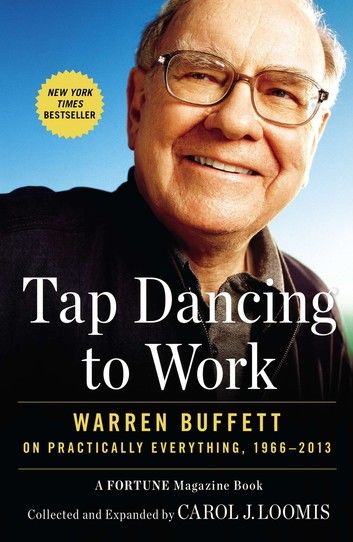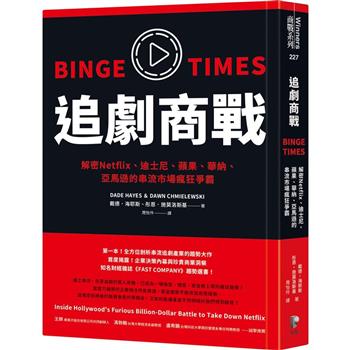| FindBook |
有 1 項符合
Tap Dancing to Work的圖書 |
 |
Tap Dancing to Work 作者:Carol J. Loomis 出版社:Penguin Publishing Group 出版日期:2012-11-21 |
| 圖書館借閱 |
| 國家圖書館 | 全國圖書書目資訊網 | 國立公共資訊圖書館 | 電子書服務平台 | MetaCat 跨館整合查詢 |
| 臺北市立圖書館 | 新北市立圖書館 | 基隆市公共圖書館 | 桃園市立圖書館 | 新竹縣公共圖書館 |
| 苗栗縣立圖書館 | 臺中市立圖書館 | 彰化縣公共圖書館 | 南投縣文化局 | 雲林縣公共圖書館 |
| 嘉義縣圖書館 | 臺南市立圖書館 | 高雄市立圖書館 | 屏東縣公共圖書館 | 宜蘭縣公共圖書館 |
| 花蓮縣文化局 | 臺東縣文化處 |
|
|
Warren Buffett built Berkshire Hathaway into something remarkable— and Fortune journalist Carol Loomis had a front-row seat for it all.
When Carol Loomis first mentioned a little-known Omaha hedge fund manager in a 1966 Fortune article, she didn’t dream that Warren Buffett would one day be considered the world’s greatest investor—nor that she and Buffett would quickly become close personal friends. As Buffett’s fortune and reputation grew over time, Loomis used her unique insight into Buffett’s thinking to chronicle his work for Fortune, writing and proposing scores of stories that tracked his many accomplishments—and also his occasional mistakes.
Now Loomis has collected and updated the best Buffett articles Fortune published between 1966 and 2012, including thirteen cover stories and a dozen pieces authored by Buffett himself. Loomis has provided commentary about each major article that supplies context and her own informed point of view. Readers will gain fresh insights into Buffett’s investment strategies and his thinking on management, philanthropy, public policy, and even parenting. Some of the highlights include:
- The 1966 A. W. Jones story in which Fortune first mentioned Buffett.
- The first piece Buffett wrote for the magazine, 1977’s “How Inf lation Swindles the Equity Investor.”
- Andrew Tobias’s 1983 article “Letters from Chairman Buffett,” the first review of his Berkshire Hathaway shareholder letters.
- Buffett’s stunningly prescient 2003 piece about derivatives, “Avoiding a Mega-Catastrophe.”
- His unconventional thoughts on inheritance and philanthropy, including his intention to leave his kids “enough money so they would feel they could do anything, but not so much that they could do nothing.”
- Bill Gates’s 1996 article describing his early impressions of Buffett as they struck up their close friendship.
Scores of Buffett books have been written, but none can claim this work’s combination of trust between two friends, the writer’s deep understanding of Buffett’s world, and a very long-term perspective.
|










